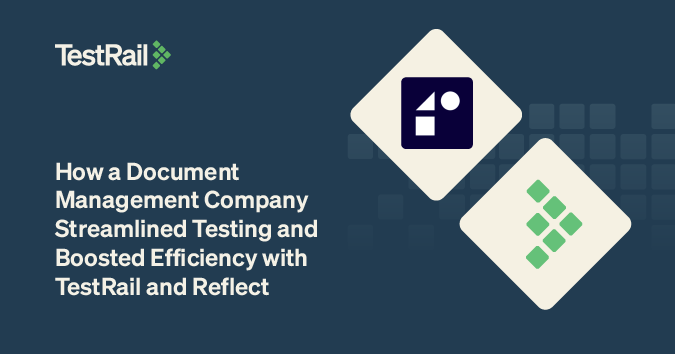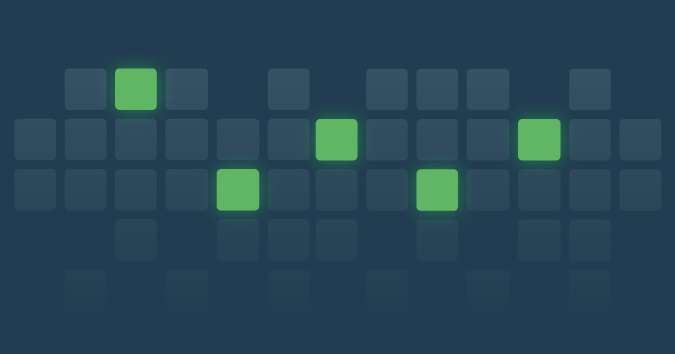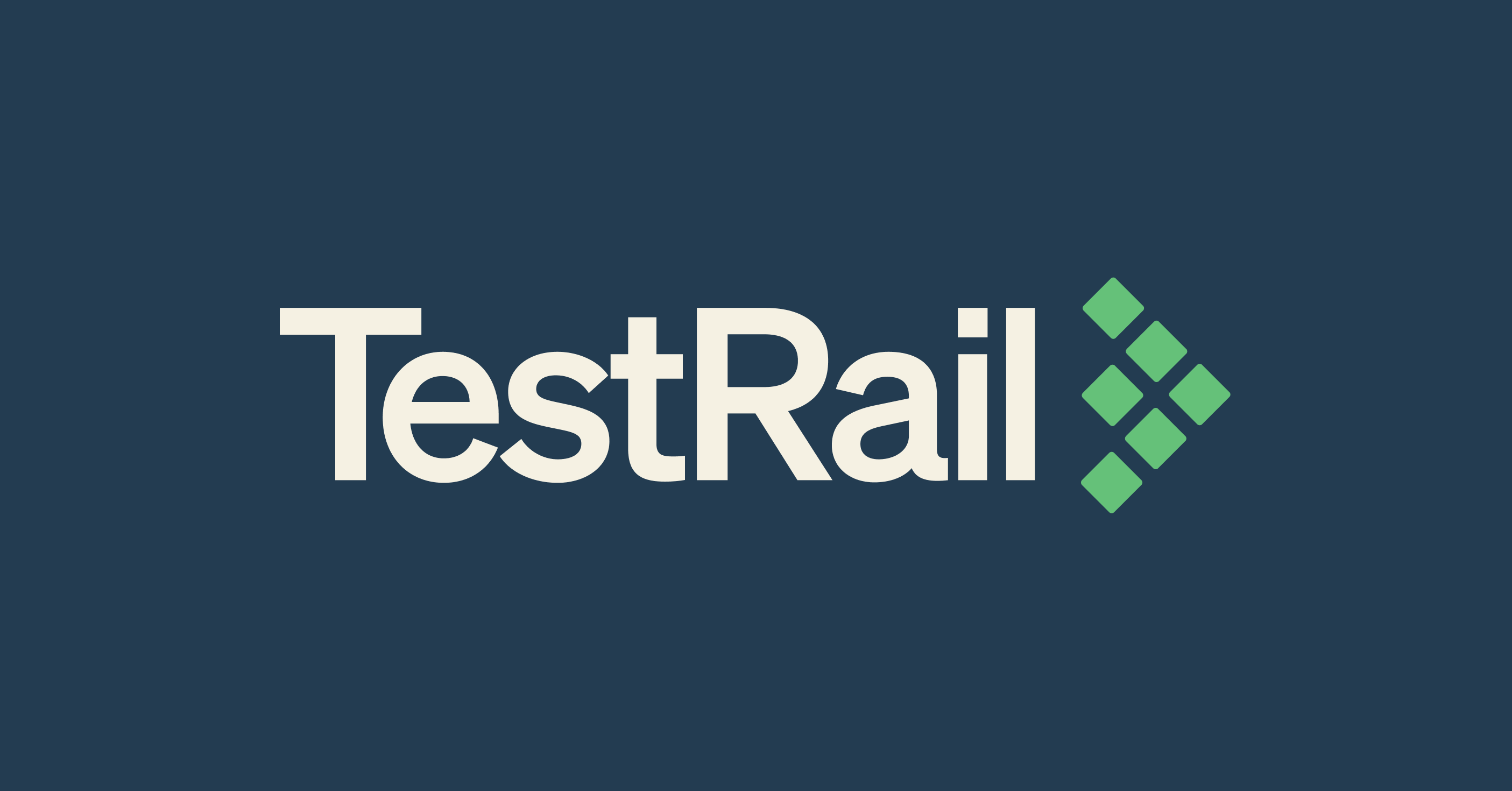This is our first small update in 2014, so Happy New Year! Most software teams use a mix of manual testing and automated tests to test their projects nowadays, and quite a few teams use our test management tool TestRail to manage those tests. Manual testing is usually conducted using TestRail’s web interface and automated tests can be integrated using TestRai’s API. TestRail’s API uses simple HTTP requests and allows you to automate many parts of the application, such as submitting test results, updating test cases, starting new runs and so on.
While the API is quite easy to use, we found that we regularly received requests from customers asking for more details on how to use the API with their favorite programming language. To make it easier for customers to use TestRail’s API, we decided to publish some basic bindings for popular programming languages to hide some of the finer details of consuming the API (and to be honest, some languages make it really difficult to build and consume JSON records out of the box, I’m looking at you .NET and Java!). So we just published the first bindings here:
We might add bindings for additional languages if there’s demand. You can also view the GitHub repository if you would like to contribute. With the new bindings, retrieving the details of a test case from Python would look like this:
client = APIClient('http:///testrail/')
client.user = '..'
client.password = '..'
case = client.send_get('get_case/1')
pprint(case)
Each API binding comes with examples on how to retrieve information from TestRail and on how to post data to TestRail using the API. If you have any feedback or questions about the bindings or would like to see more bindings published for additional languages, please just let us know.


